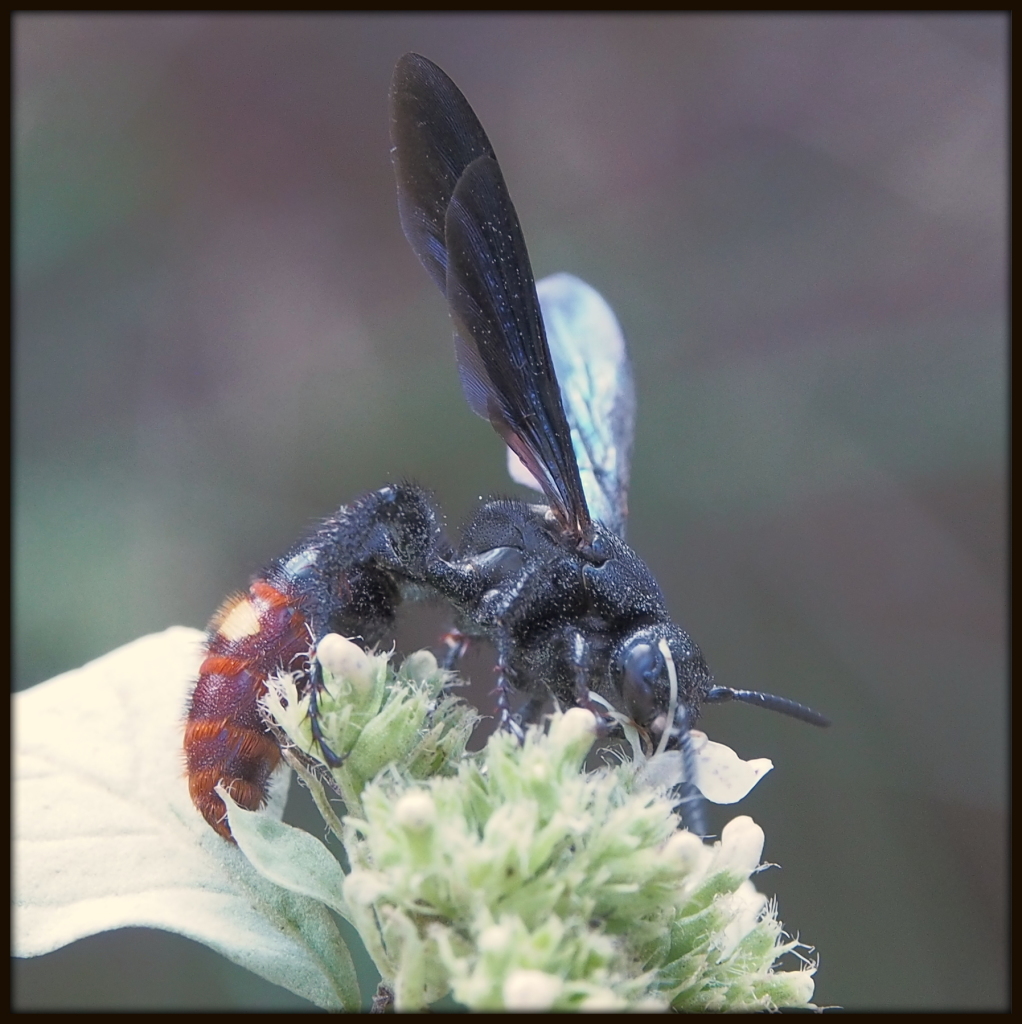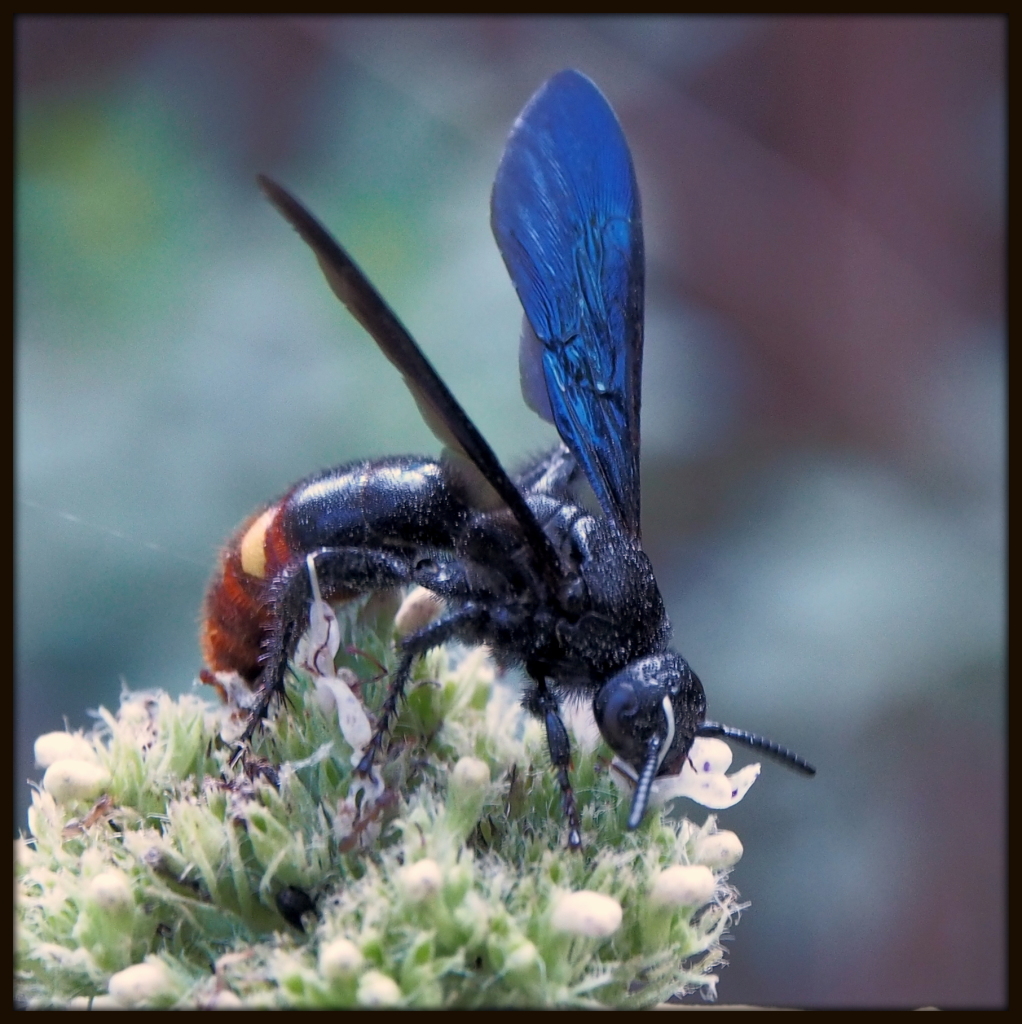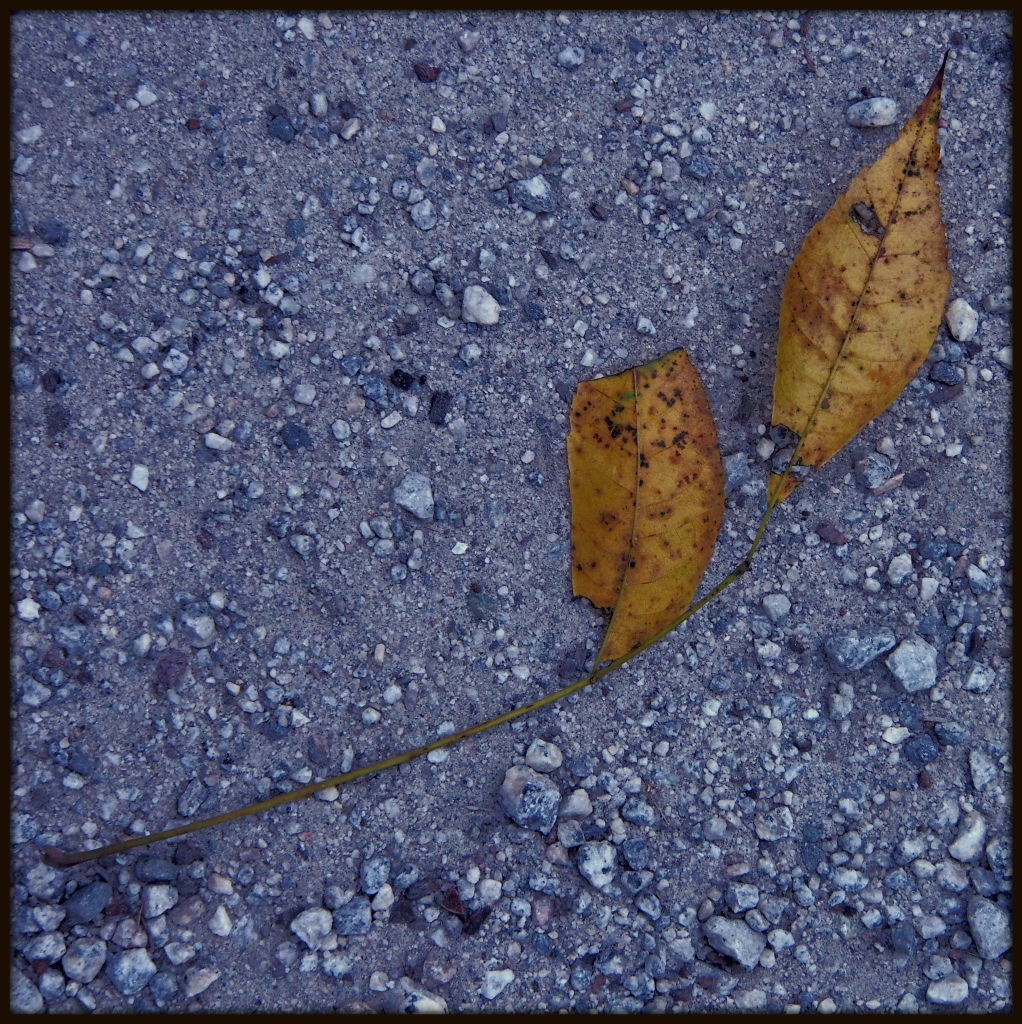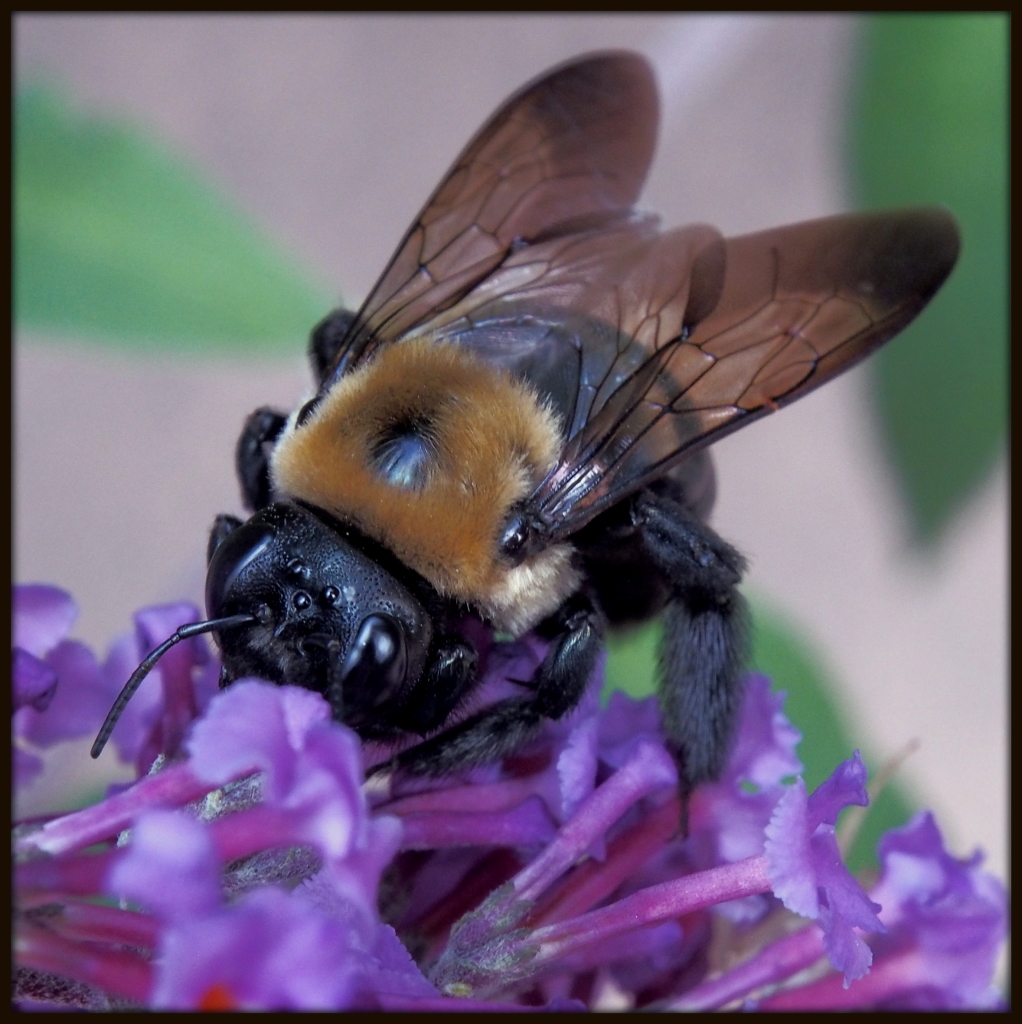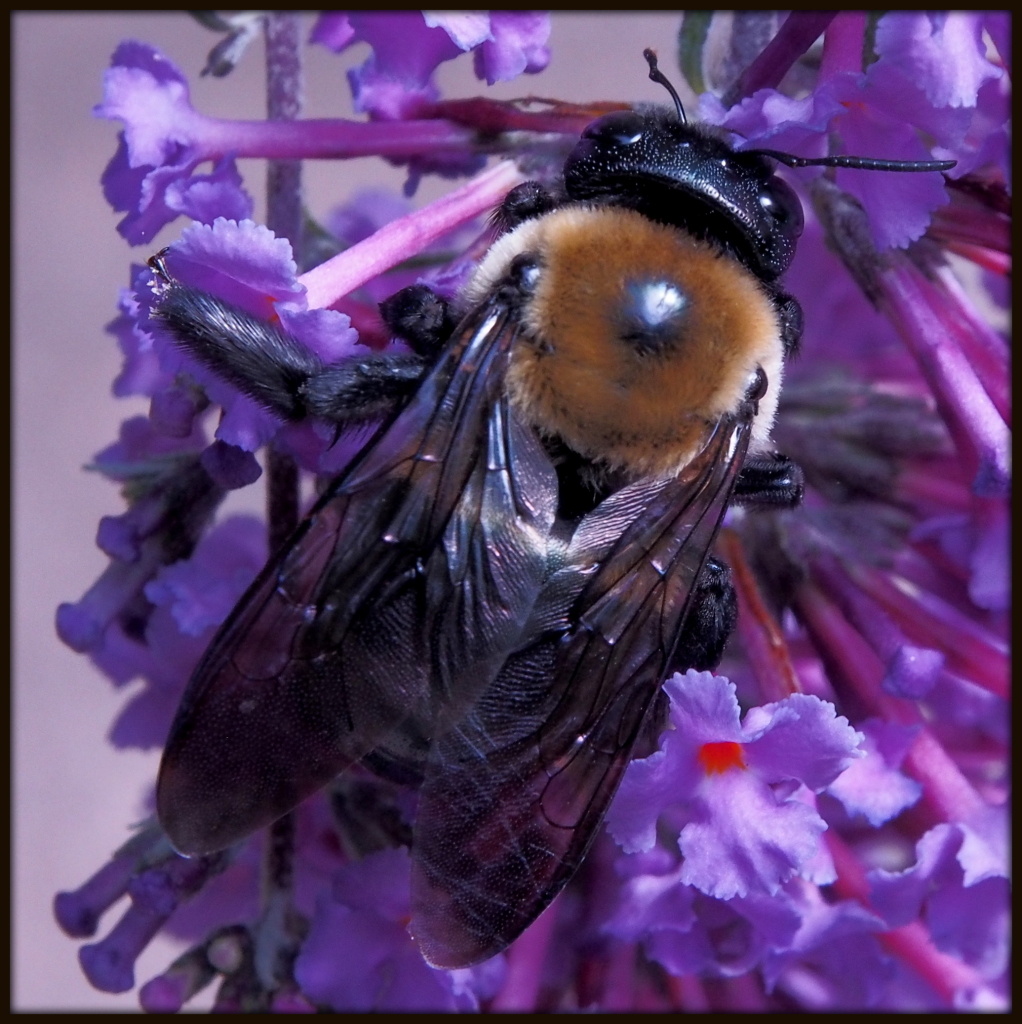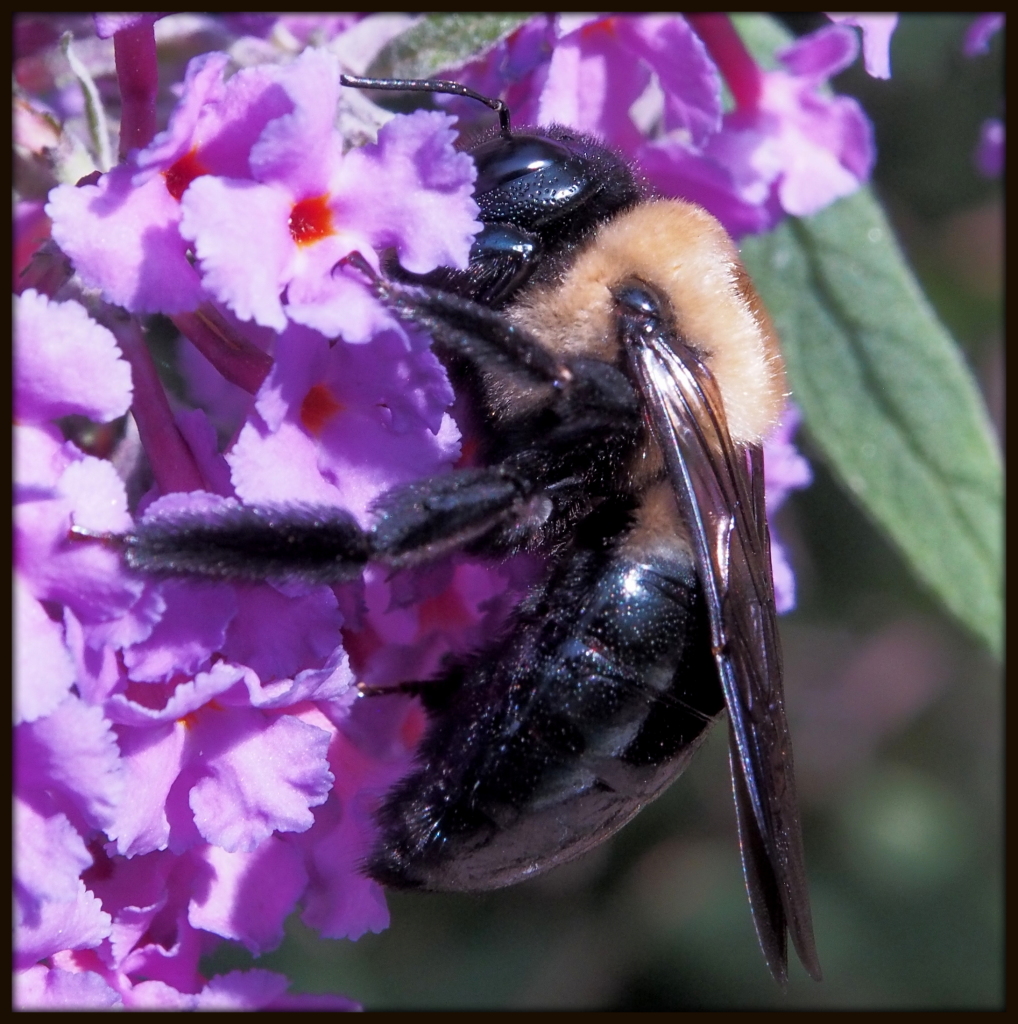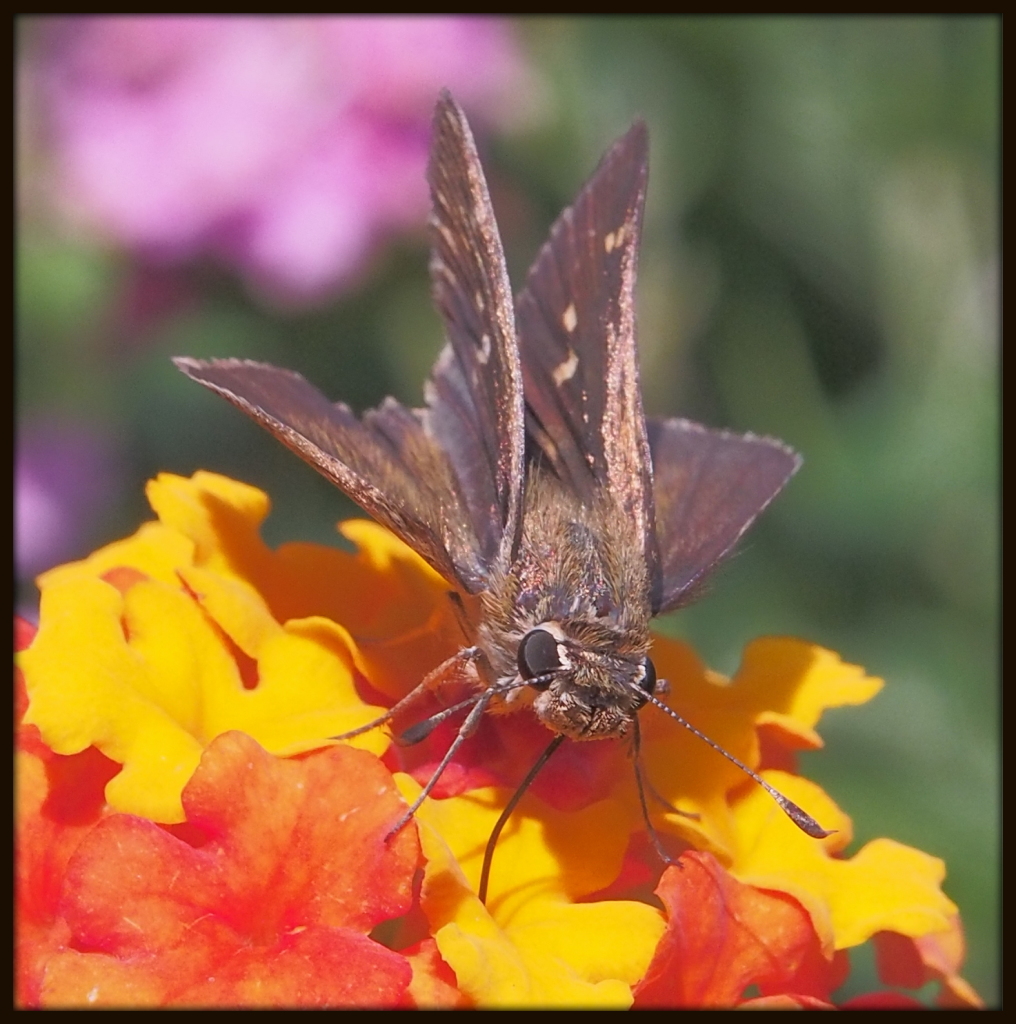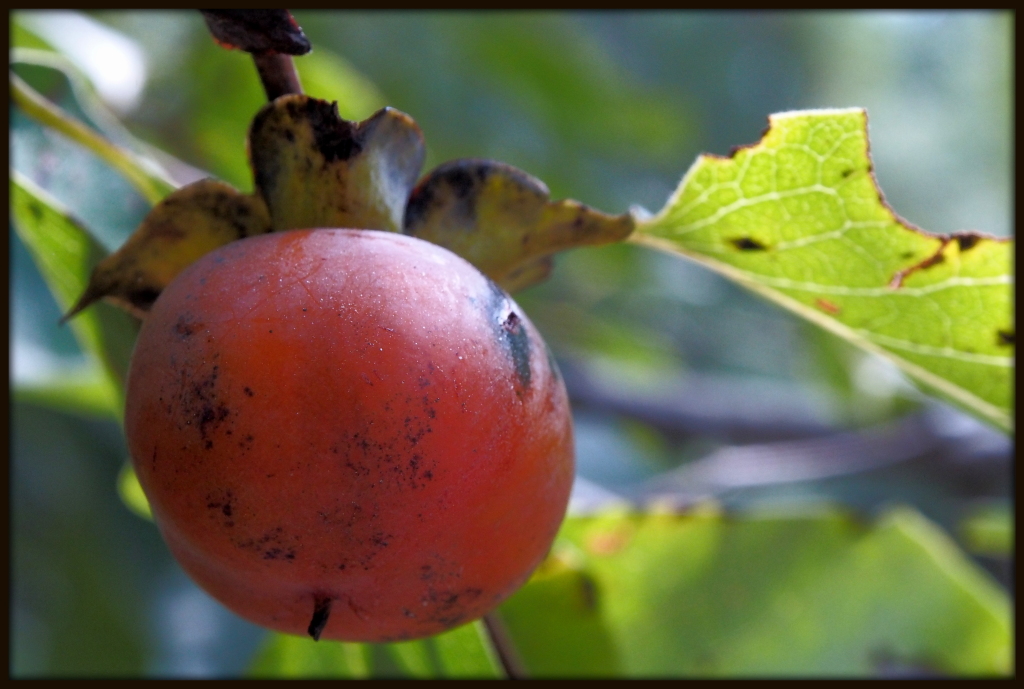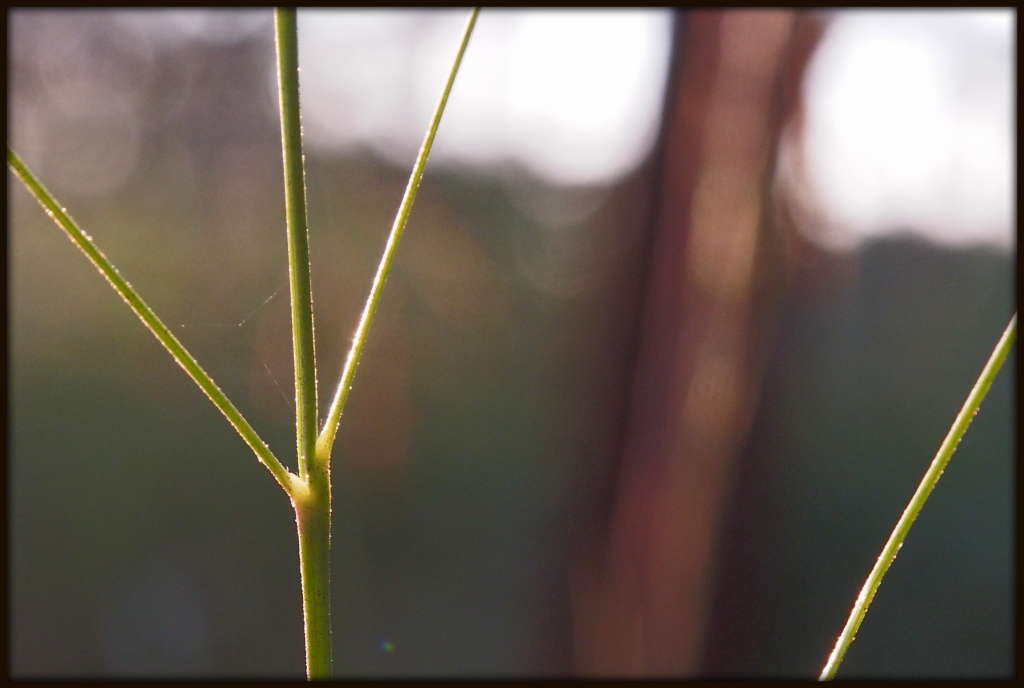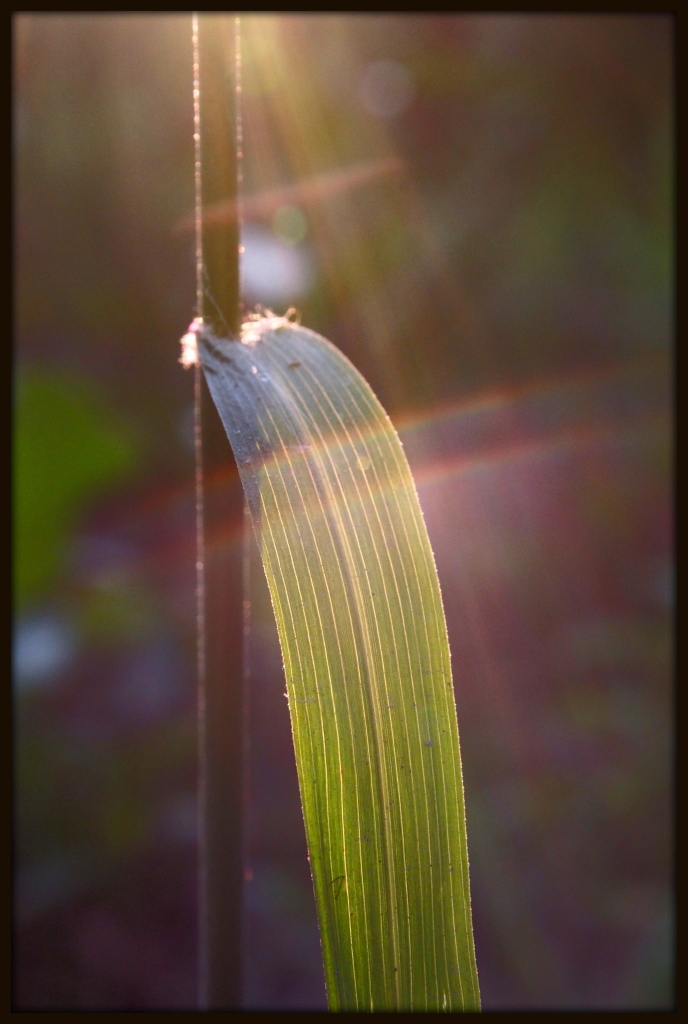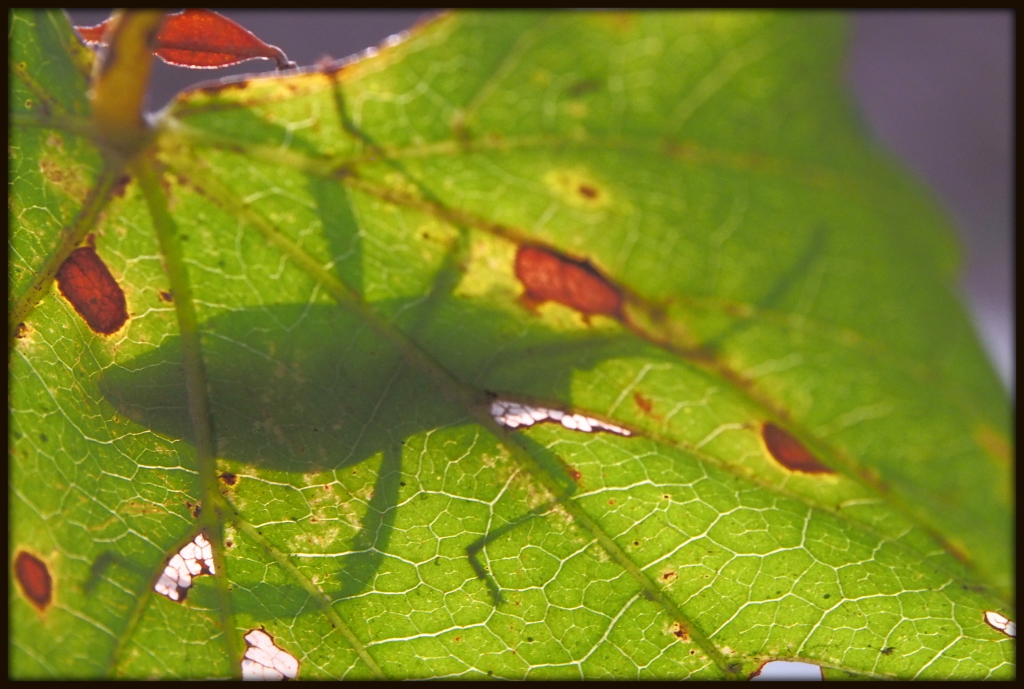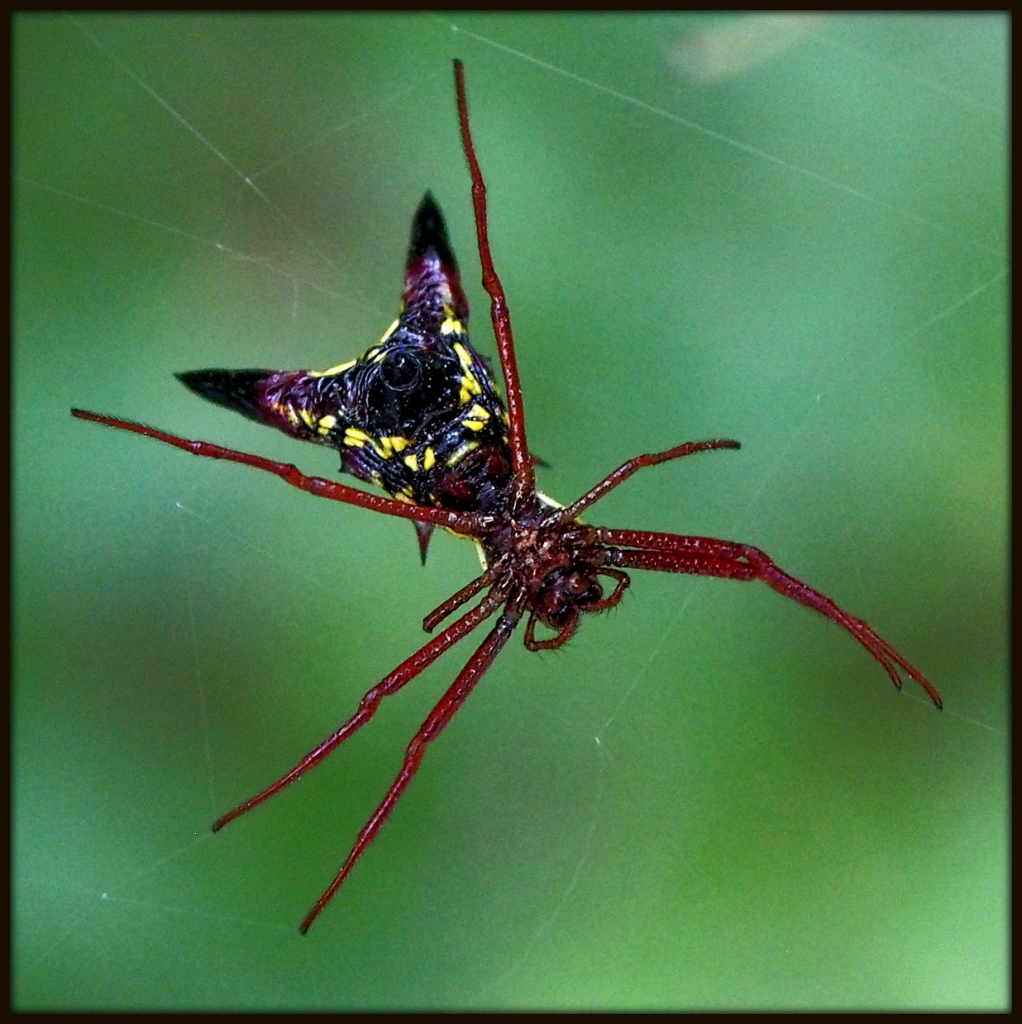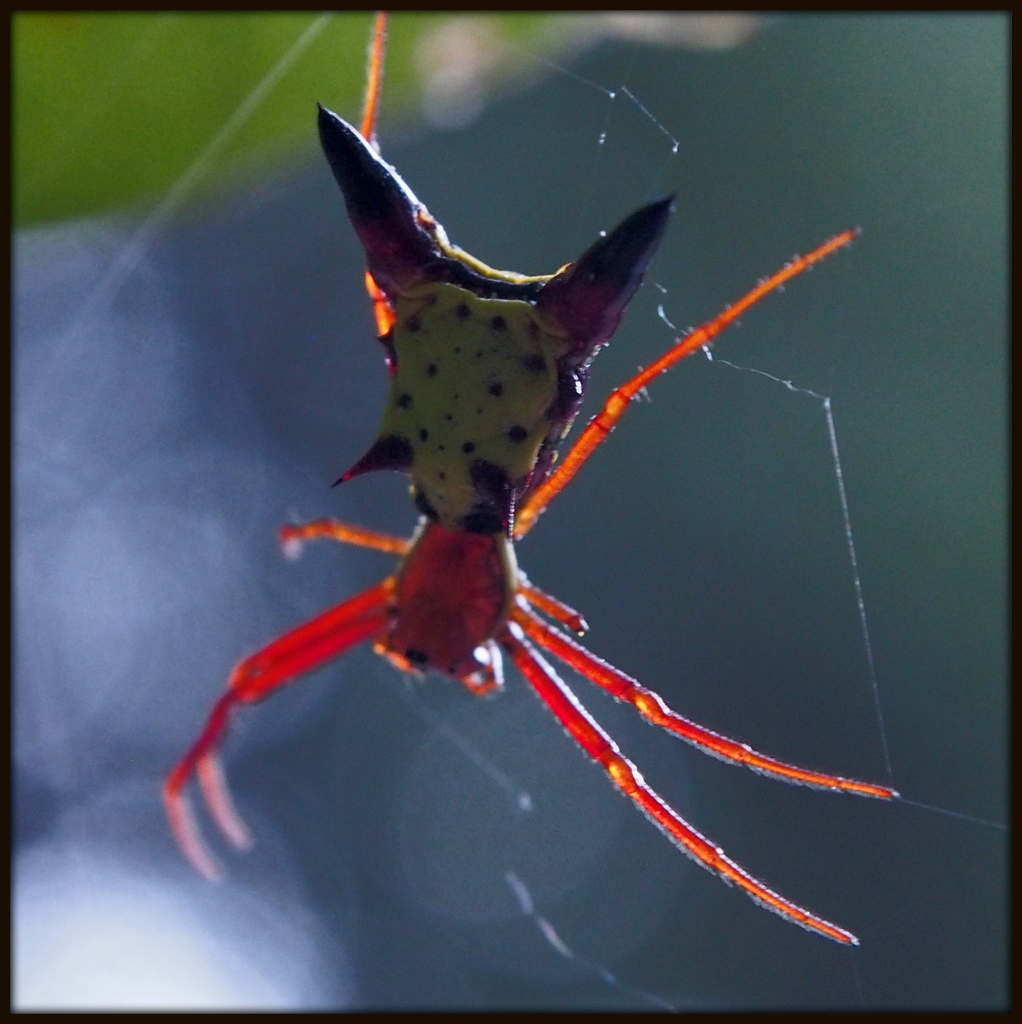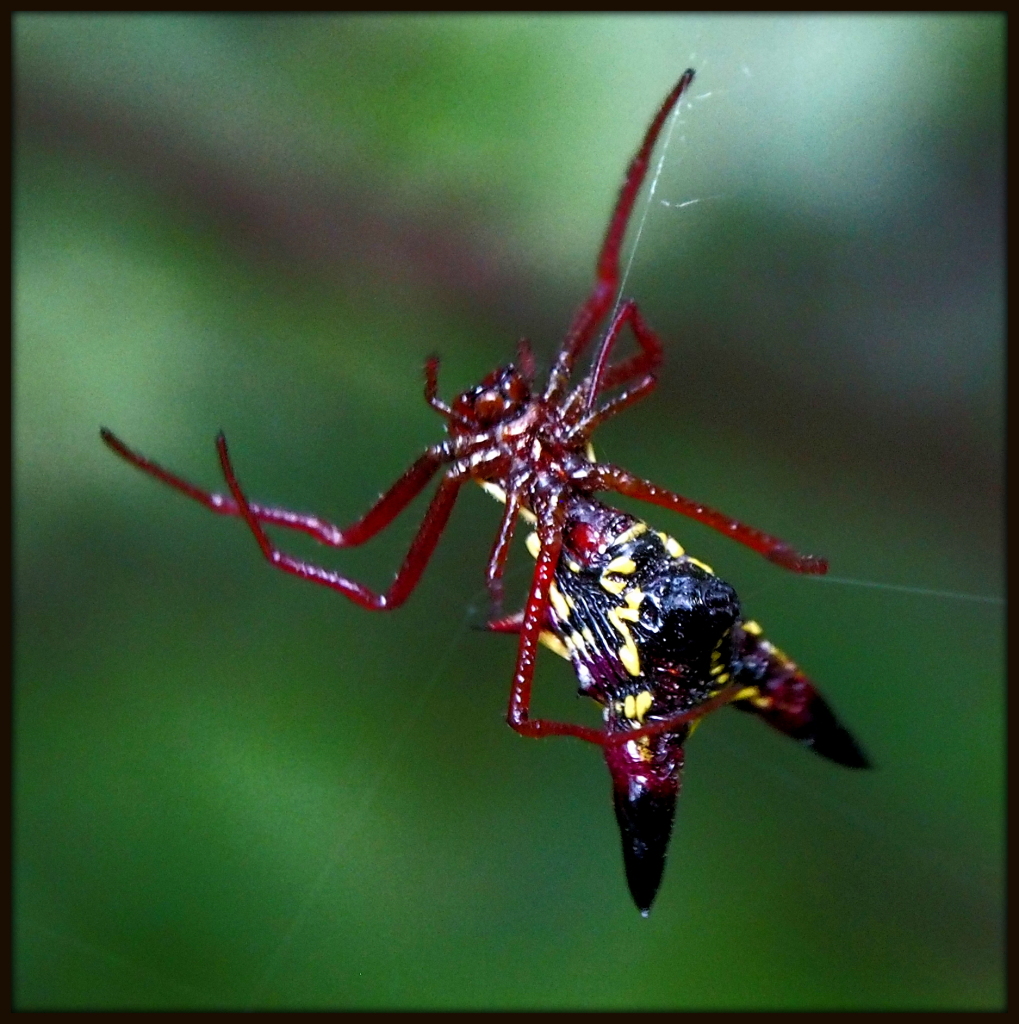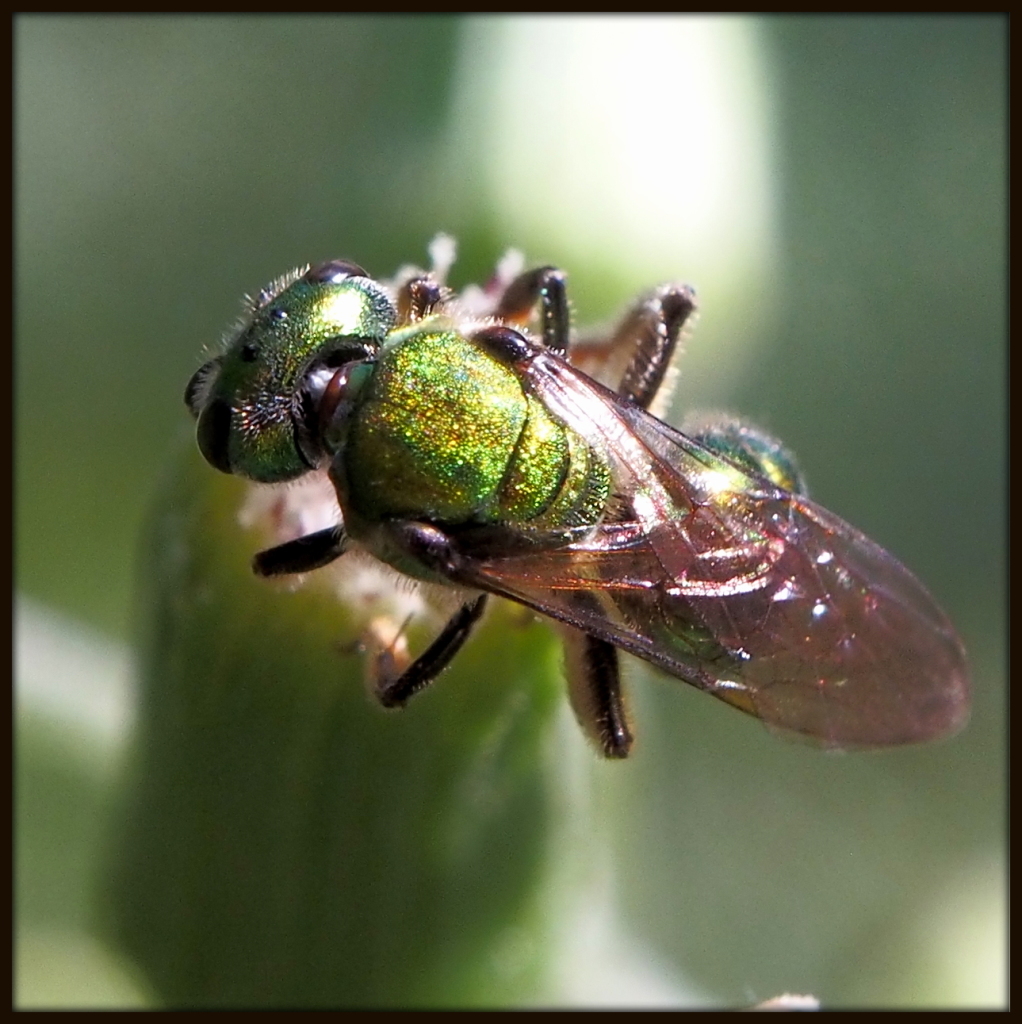On this afternoon’s walk, I encountered quite an array of invertebrates — insects and spiders — as I wandered from plant to plant along the edge of Piney Woods Church Road. Rather than highlight just one, I am offering this post as an exploration of the rich diversity of a modest country lane in the Georgia Piedmont. I saw, and photographed, even more than these on my wandering, in fact. Most of the critters below are new to my blog, except for the Rough Stink Bug, who easily makes up in charisma what it lacks in novelty.
The first critter, hiding on the underside of a leaf while dining on an aphid (I think) was a tiny jumping spider, only about a quarter-inch across. I am fairly confident it was a female Bronze Jumper (Eris militaris). I love this image with all of those eyes gazing out furtively from her hiding spot.

Across the road, on the unopened blossom of American Burnweed (Erechtites hieraciifolia), was a half-inch crab spider, most likely a female Goldenrod Crab Spider (Misumena vatia), frozen with front legs outstretched, waiting for a would-be pollinator or nectar thief to wander by.

Down the road a short way, I saw a Rough Stink Bug (Brochymena quadripustulata) repeatedly tapping its proboscis against an oak leaf. A red orb near its eye is probably a mite of some kind.

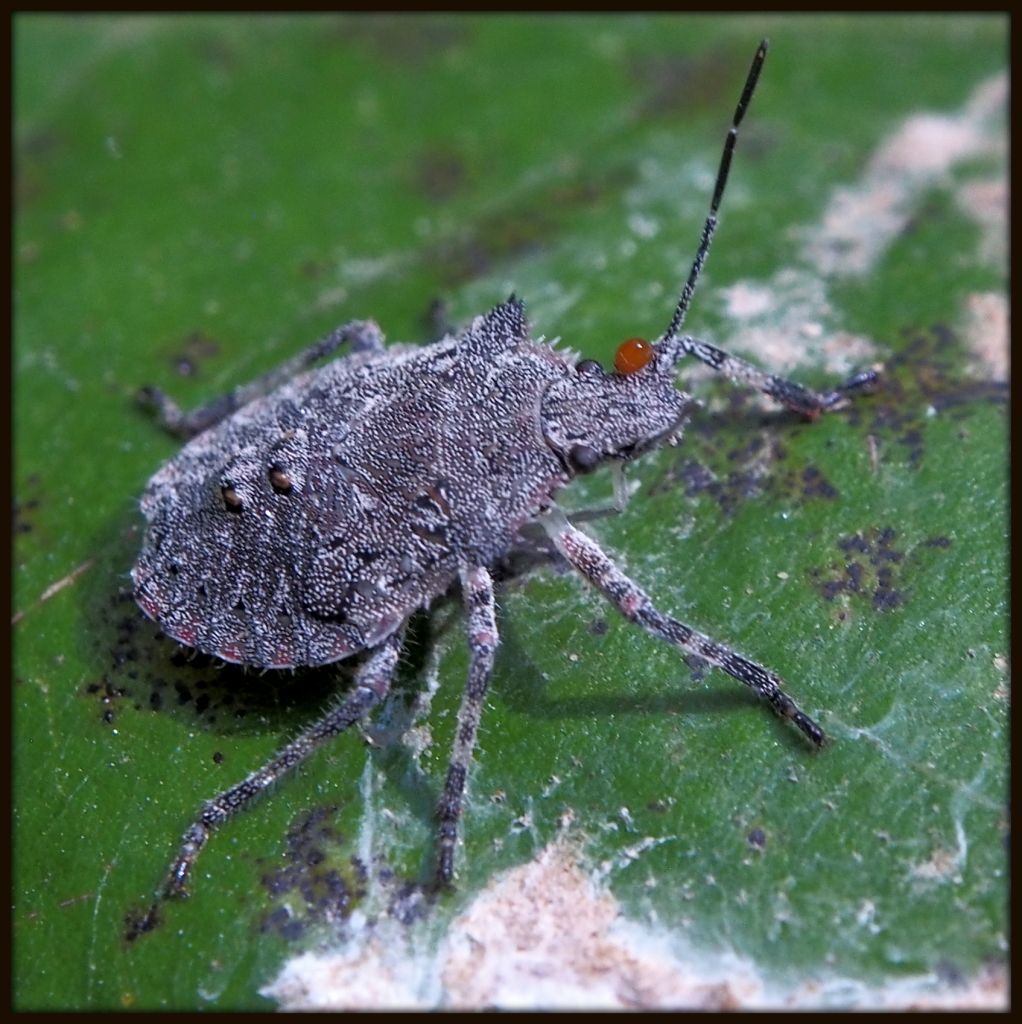

I continued until I arrived at the Mountain Mint, which amazingly enough still bore a few blossoms. Lurking nearby was a Carolina Mantid (Stagmomantis carolina), hanging upside-down and waiting for prey to amble near. With all these spiders and mantids out there, it must be rough to be an herbivorous insect….
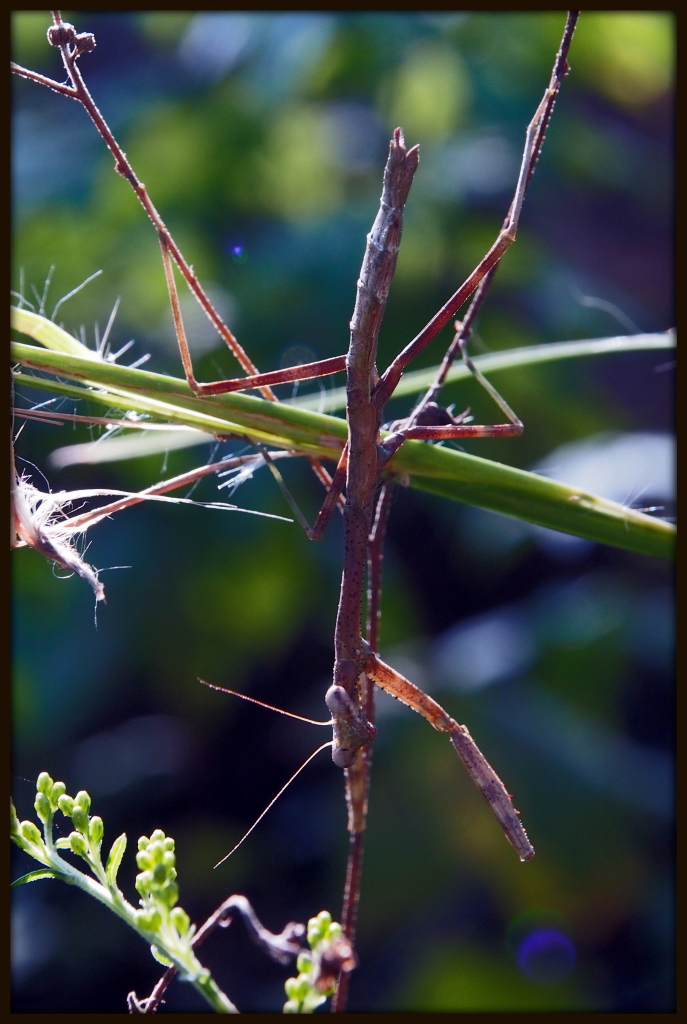

Close by, on the Mountain Mint blossoms, an inch-long wasp was feeding enthusiastically on nectar. She (most likely a female) had an abdomen with distinctive yellow and red markings. I am fairly certain she was a Digger Wasp (Scolia dubia), a solitary wasp that paralyzes June beetle grubs and lays eggs on them. The larvae feed on the grub, but adults dine on nectar instead. Unless disturbed, Digger Wasps will not sting humans.
